As the title suggests, I would like to explain microphones for PA beginners.
First of all, although I roughly summarize it as PA beginners, this article is intended for all those who use microphones such as for recording at home or for live performances using a simple PA set on the street.
About SM57 and SM58

First, a brief introduction to SM57 and SM58.
The SM57 was launched in 1965, followed the next year by its sister model, the SM58. SM is an acronym for studio microphone, and was developed for broadcast studios. In fact, the internal structure is the same, but the grille shape makes a difference in the character of the microphone.
The difference is that the SM57 has a smaller grille that allows sound to be collected closer to the sound source, making it easier to obtain bass sound due to the proximity effect. The SM58 has a spherical grille with a pop filtering function.
By the way, in the PA field, they are called “go-nana” or “gopper” in Japanese.
Reasons for Recommending
There are three reasons why I recommend SM57 and SM58.
1. Sound Quality
Excellent sound quality, based on the Unidyne III 545, which was originally highly regarded as an acoustic microphone.
2. Durability
Shure has tested them in the past by dropping them from heights and submerging them in water, and they have passed all of these tests. I have been using them for years and they rarely break.
3. Industry Standard
The aforementioned sound quality and durability have made it a standard item. They can be found in every studio, live music club, and hall. It is difficult to find a place that does not have them.
Acoustic equipment includes sound tuning, which involves checking the sound coming out of the speakers at each venue, adjusting the equalizer, and adjusting the speaker positions. So what microphones are used for tuning? Yes, the SM57 / SM58 is probably used in many cases.
In other words, the SM57 / SM58 is in an important position as one of the sound indicators.
Summary
If you are a PA beginner, the SM57 / SM58 will give you an indication of the sound. Of course, you don't necessarily have to use SM57 / SM58, but you can't go wrong with it as an option. After trying the SM57 / SM58, you may want to explore other microphones to find the sound you like.
Vocalists and others who do not do PA will also practice with SM58 on a regular basis to understand their own sound. In this way, they will be able to order and adjust their singing style in terms of sound when the live venue is tuning with the SM58. It also serves as a benchmark to compare with other microphones. This will be useful in selecting the right microphone for your voice and sound characteristics, and the right microphone for the venue.
By the way, it is often said that the SM57 is for instruments and the SM58 is for vocals, but that is not true. I often use the SM57 as a microphone for vocals and the SM58 as a microphone for instrumental sound collection. I think it is one of the joys of PA to change microphones to suit the site and the people.






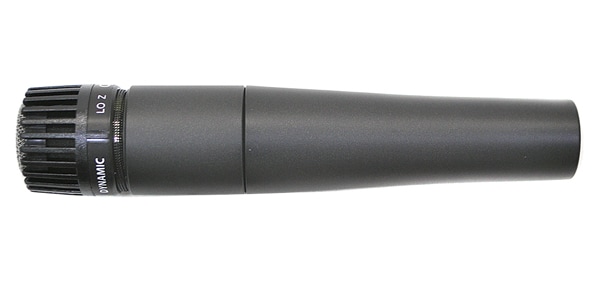
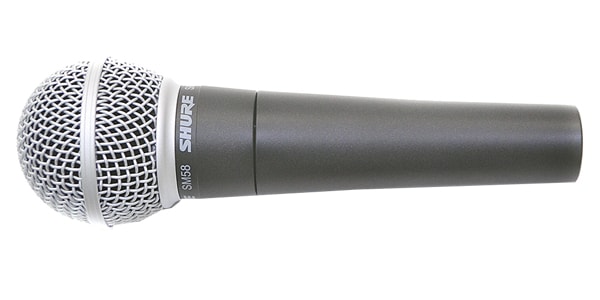
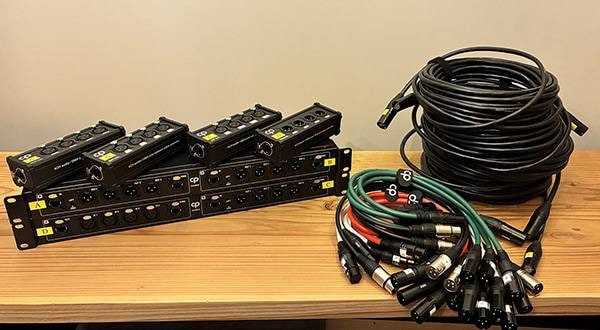
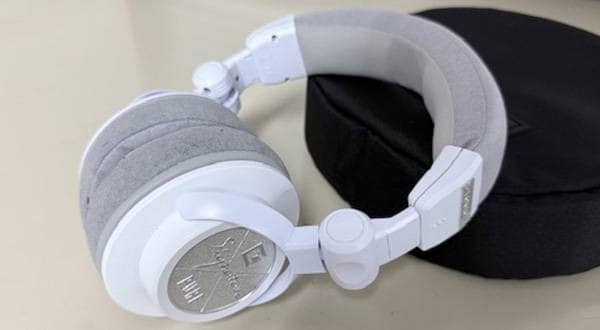
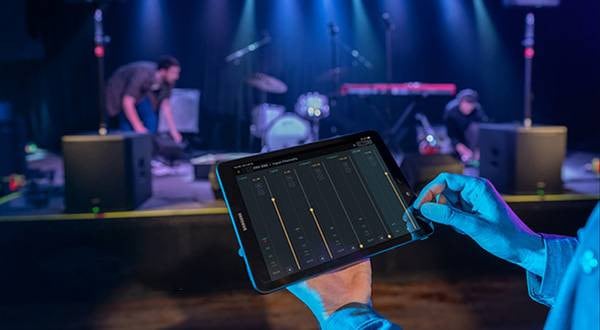
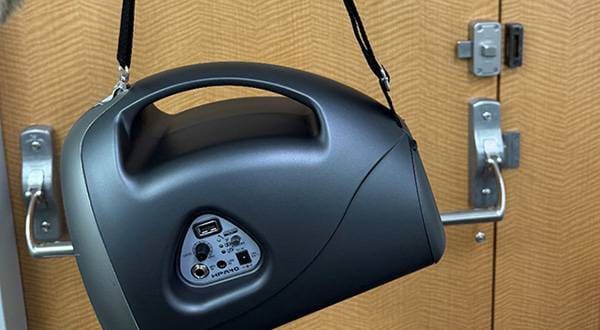
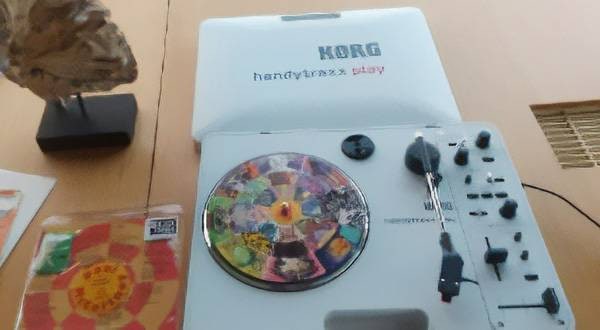
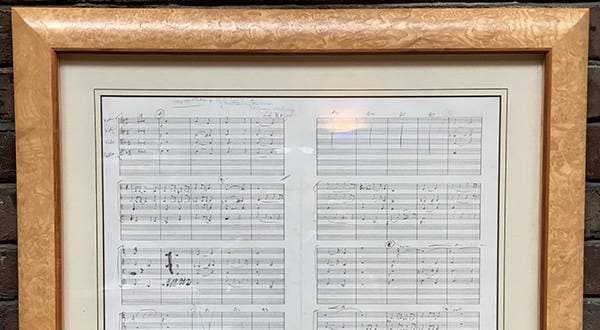
![[Must-See Speakers for Beginner PA Users] Highly recommended for live concerts and other various music events! JBL IRX108BT and IRX112BT PA Powered Speakers](/contents/uploads/thumbs/2/2023/9/20230927_2_24031_1.jpg)
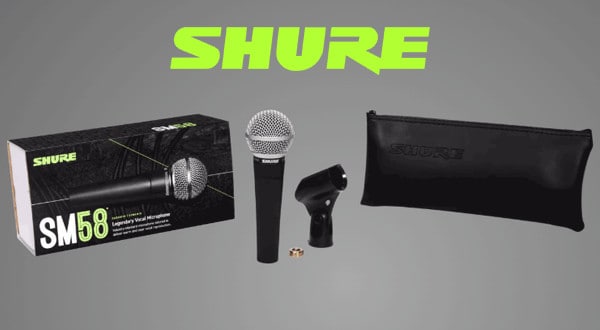
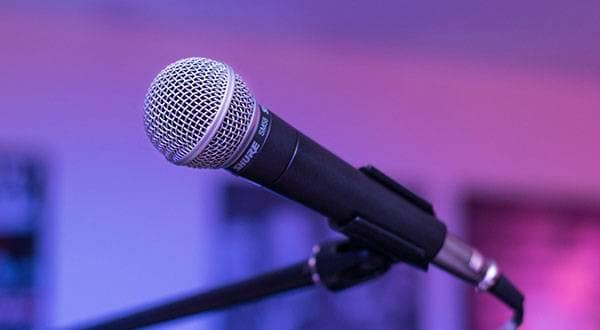

![[ Audio tip] How to use the SHURE SM58 standard microphone efficiently.](/contents/uploads/thumbs/5/2019/10/20191002_5_7930_1.jpg)
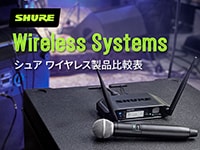 SHUREワイヤレス比較表
SHUREワイヤレス比較表
 初心者向けUSBマイクの選び方
初心者向けUSBマイクの選び方
 SHURE特設ページ
SHURE特設ページ
 マイクケーブルの作り方
マイクケーブルの作り方
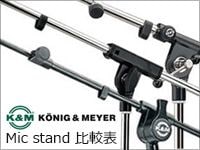 K&M マイクスタンド比較表
K&M マイクスタンド比較表
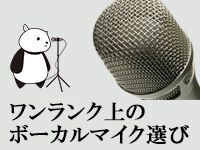 ワンランク上のボーカルマイク選び
ワンランク上のボーカルマイク選び















